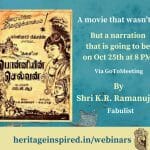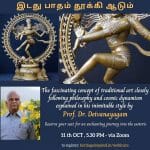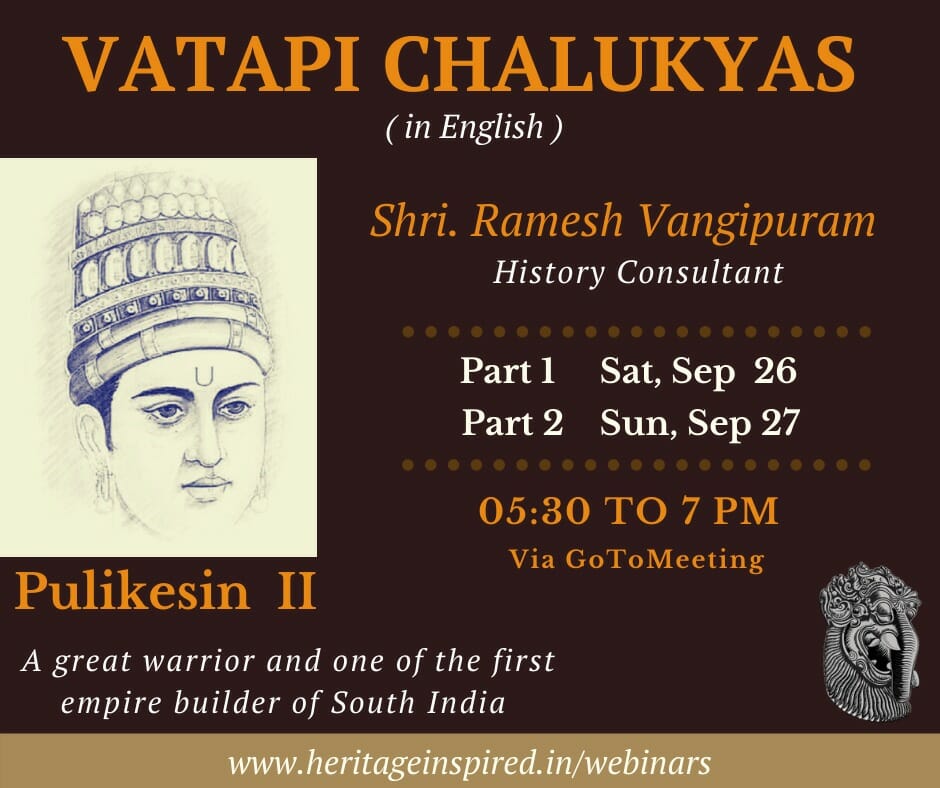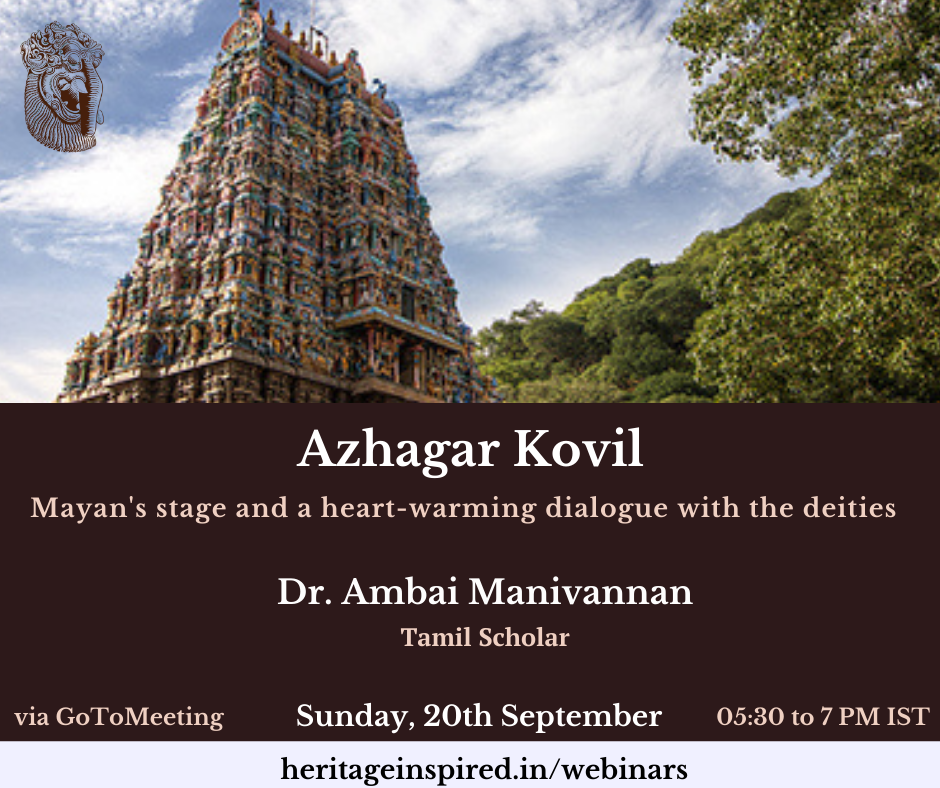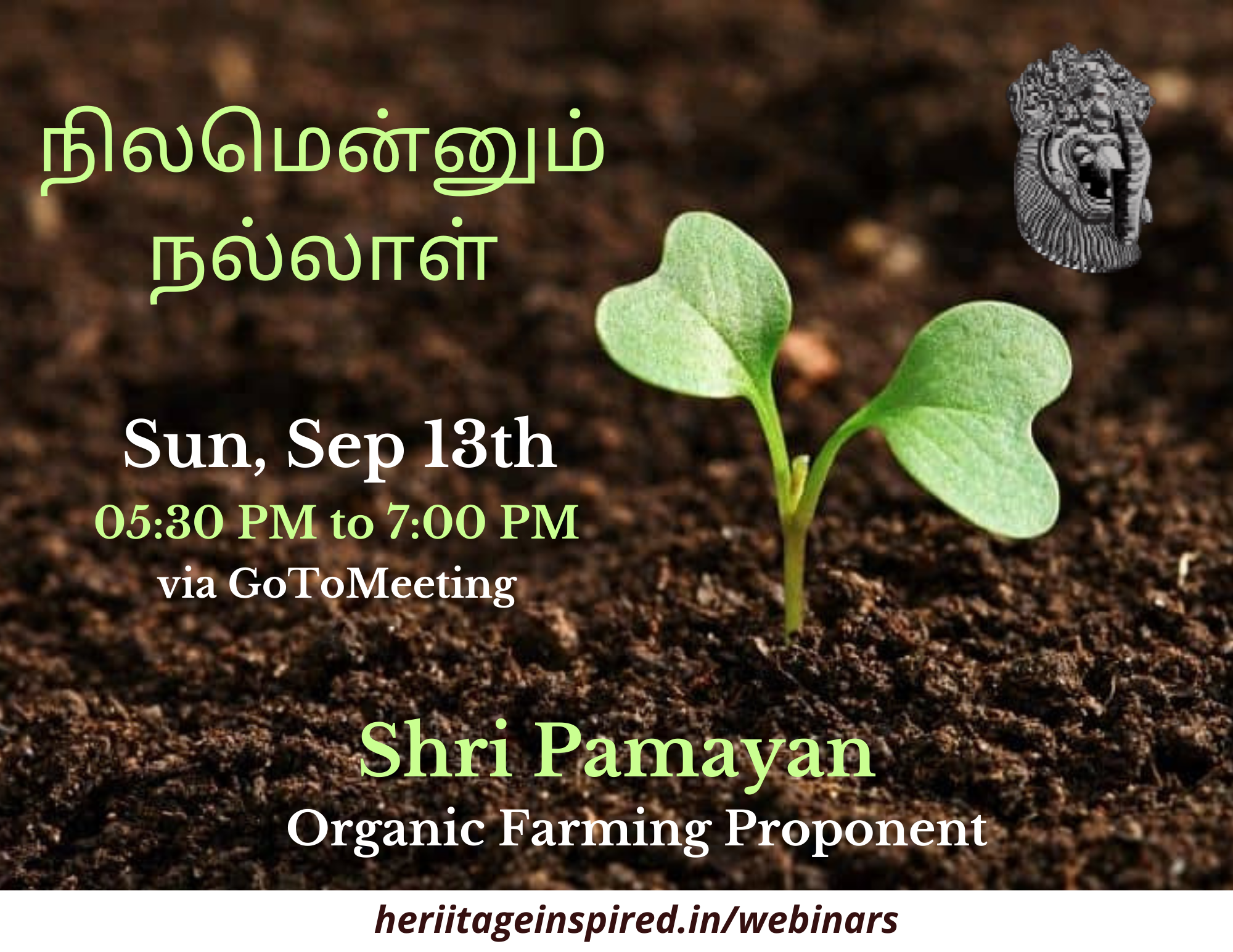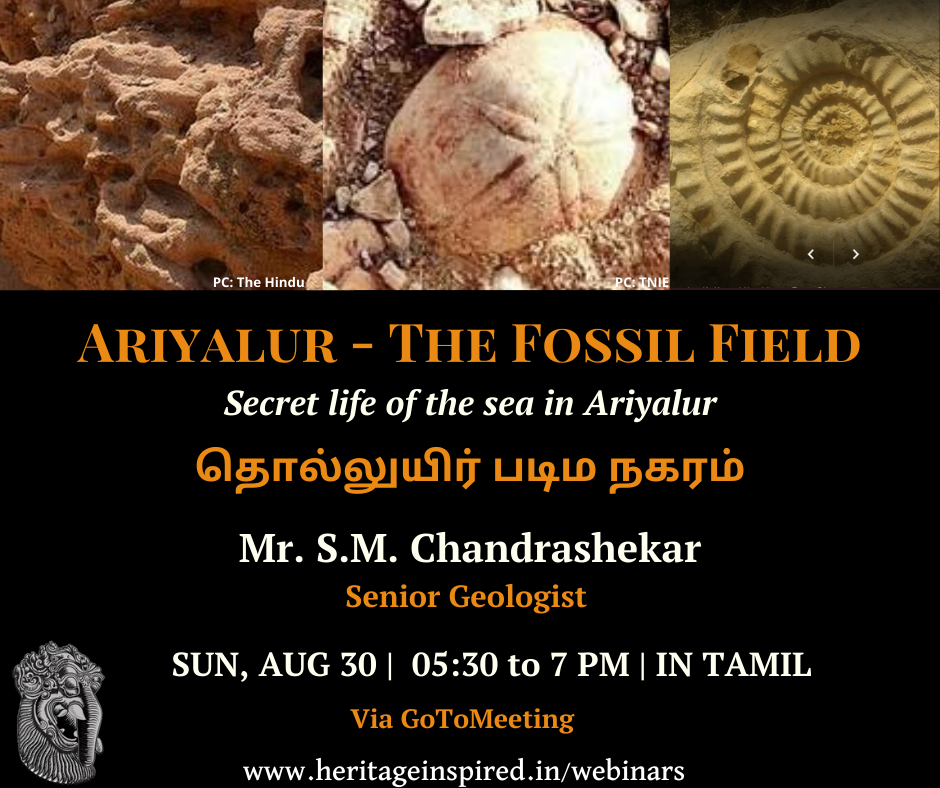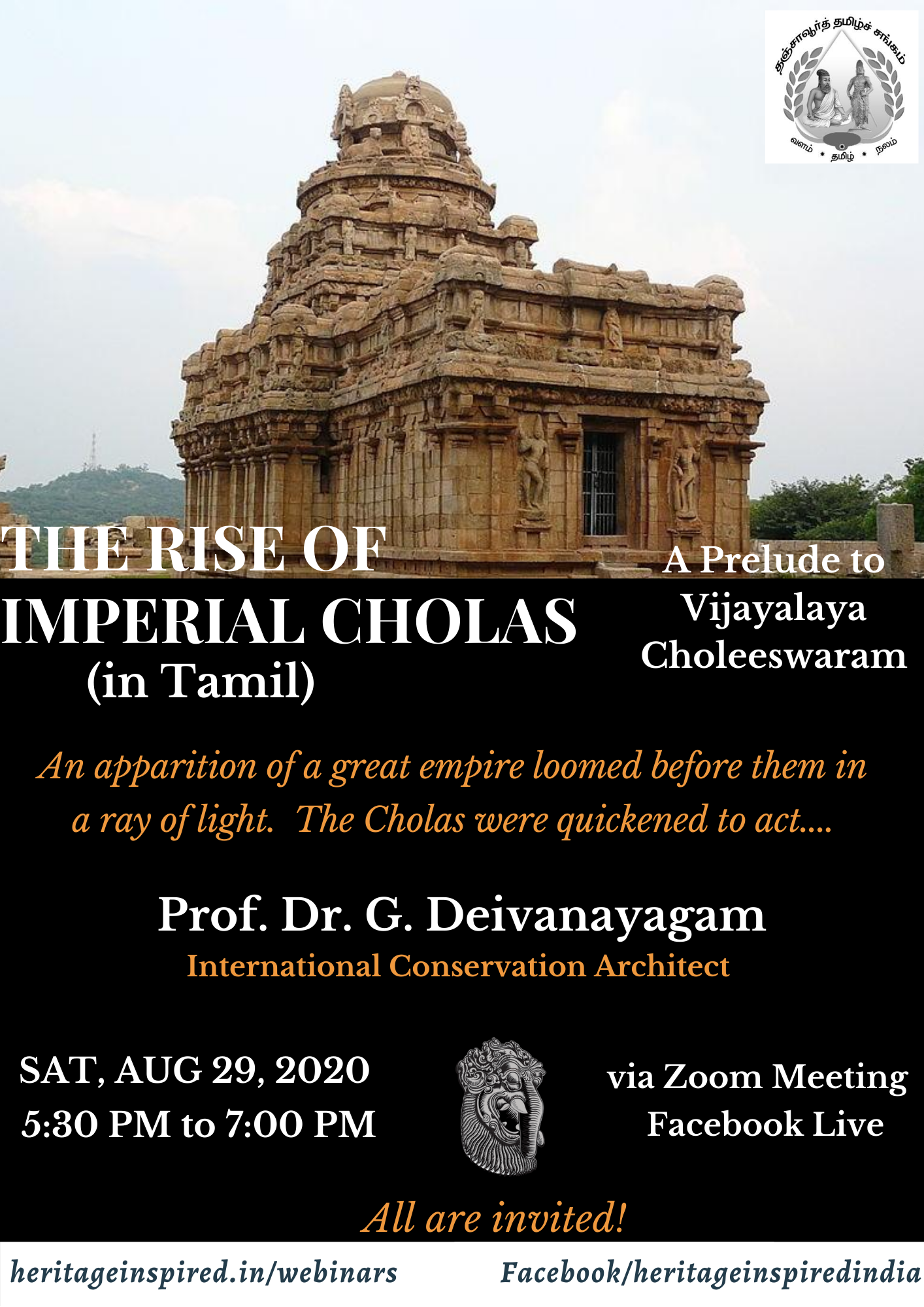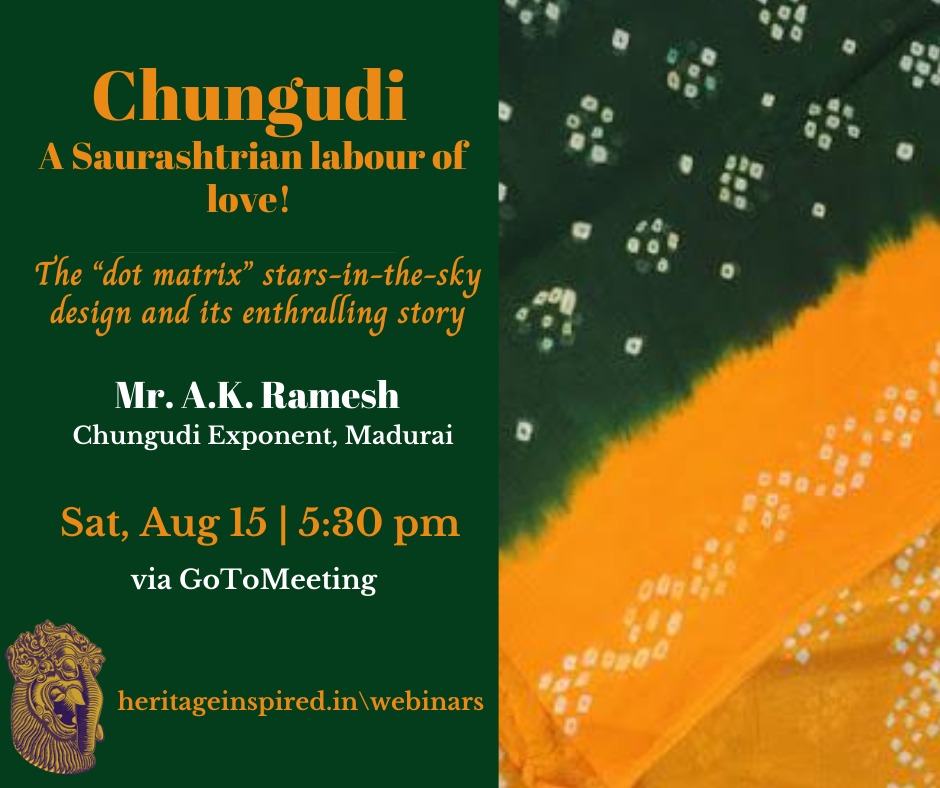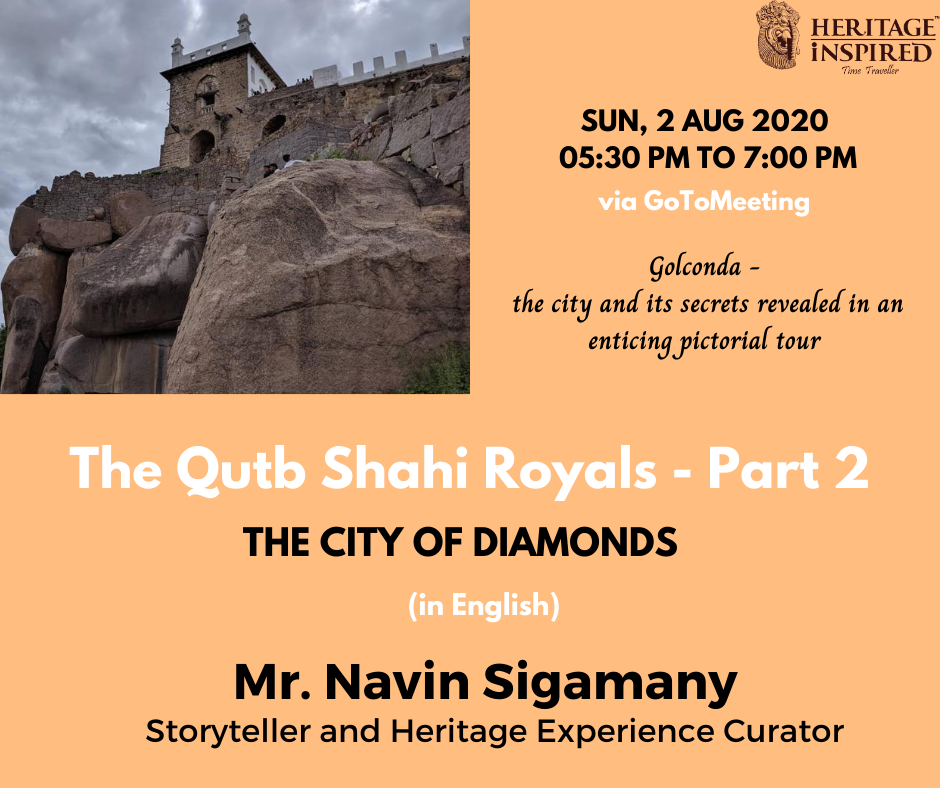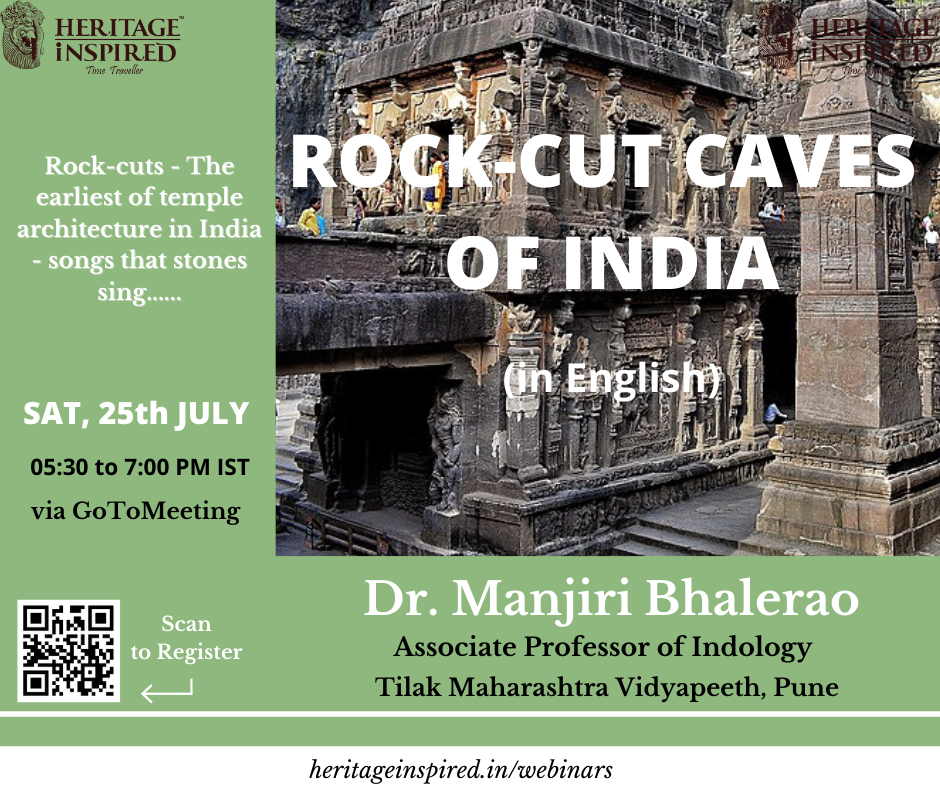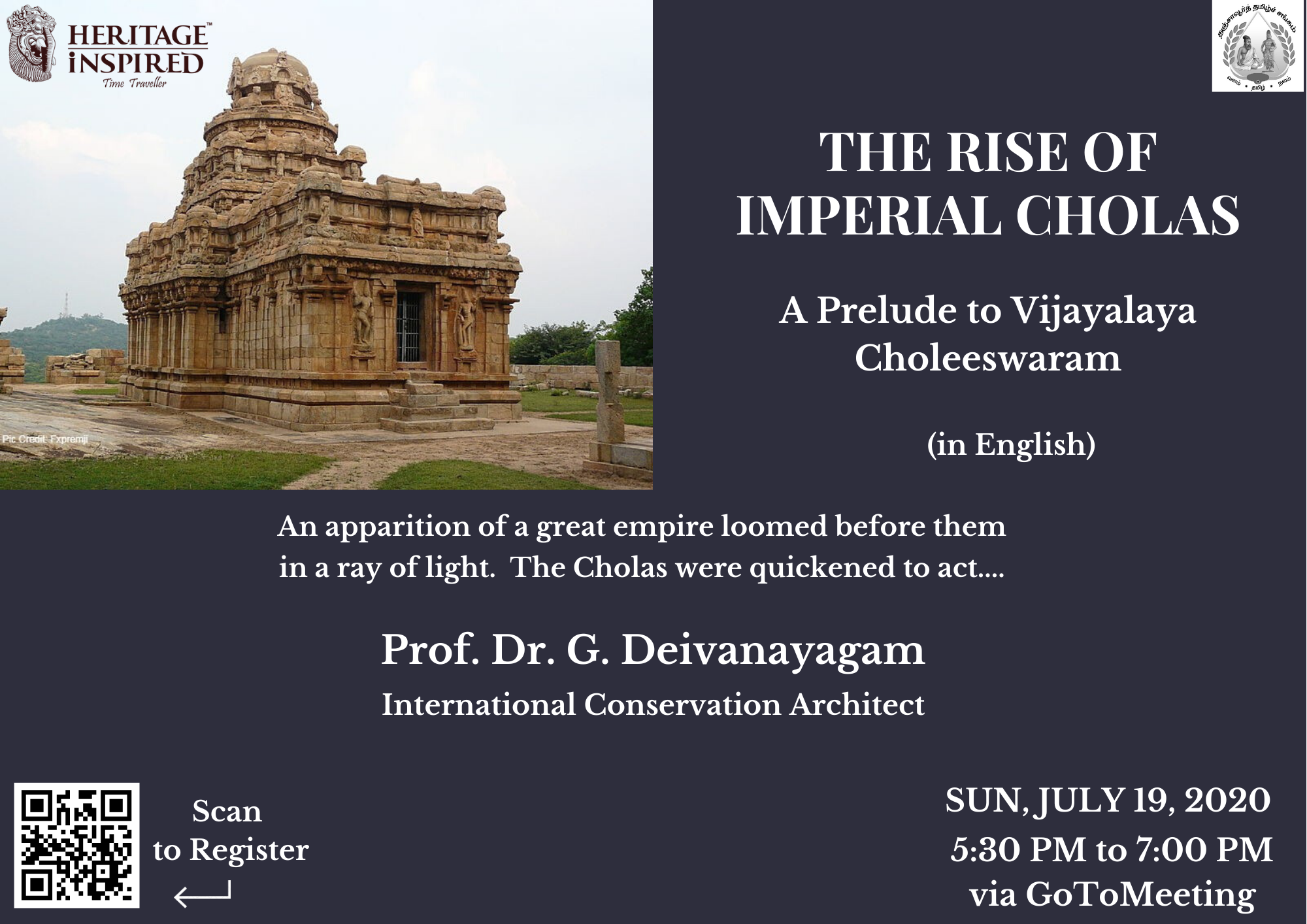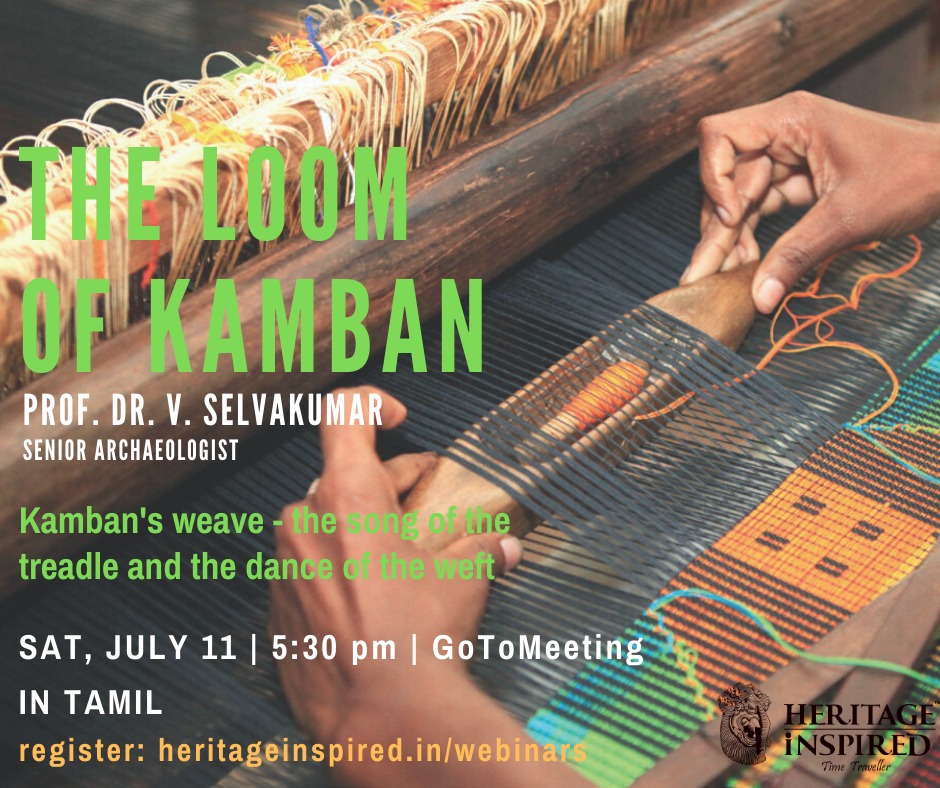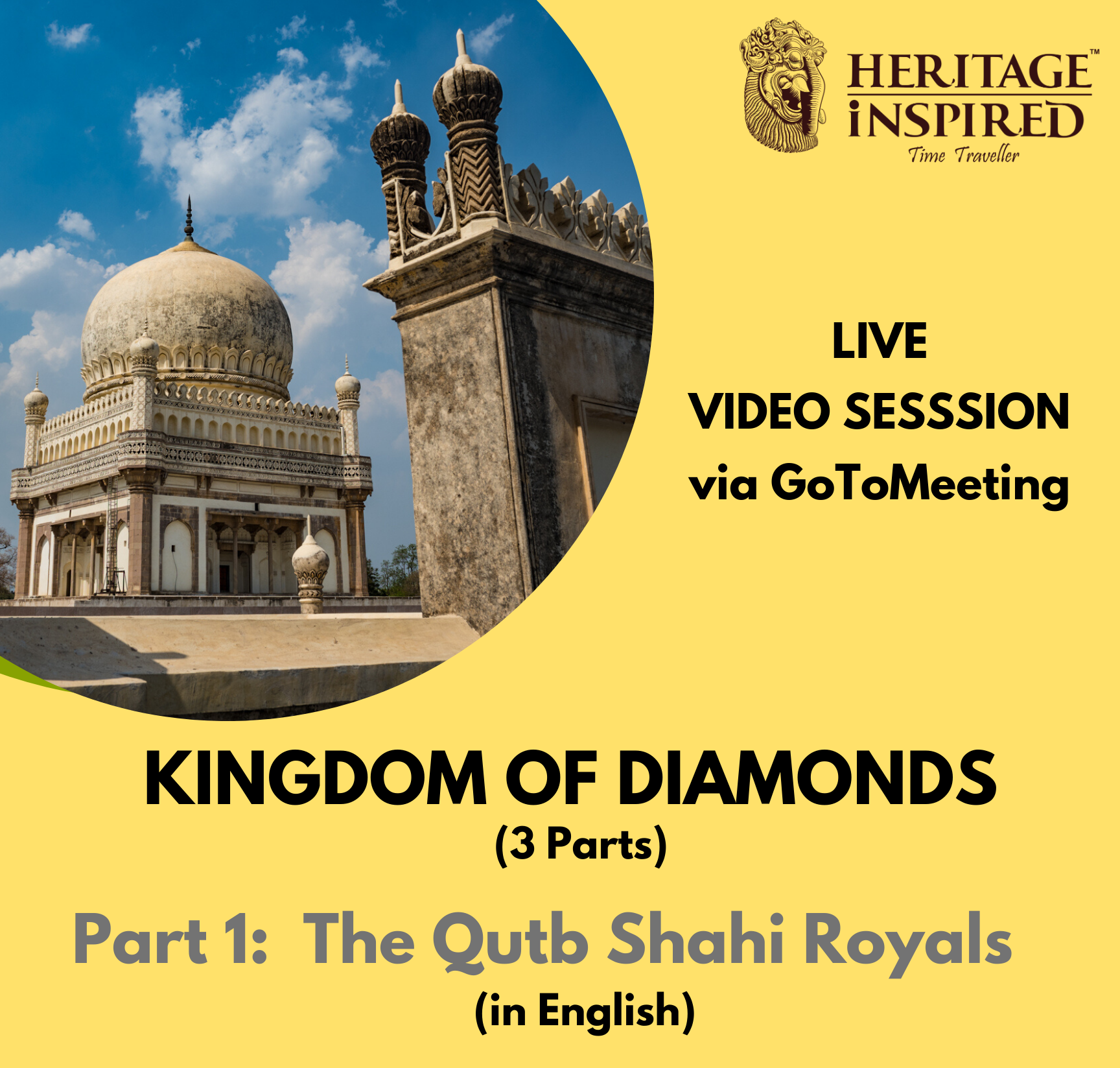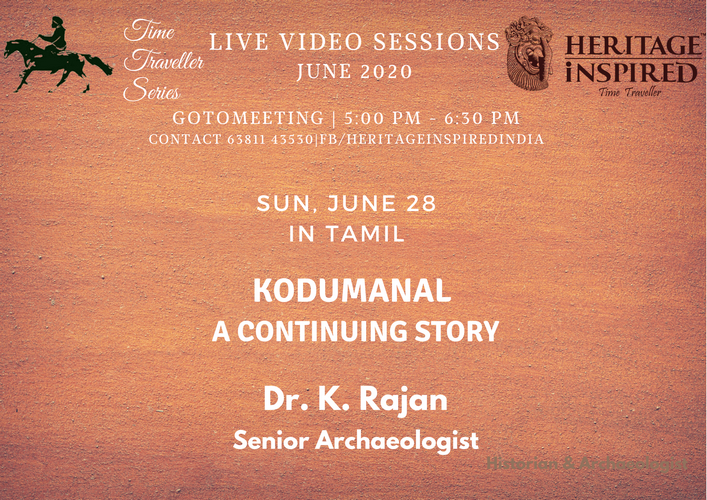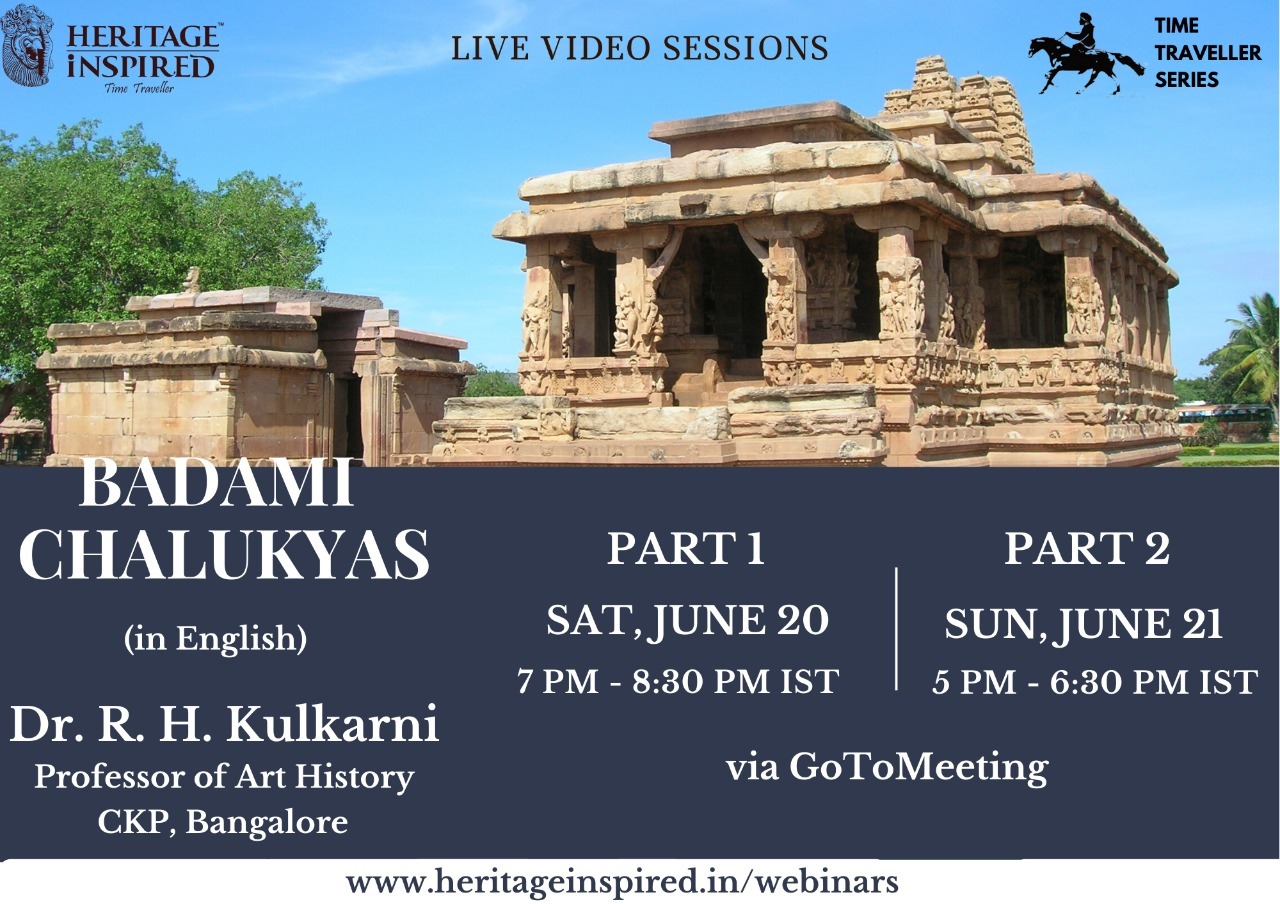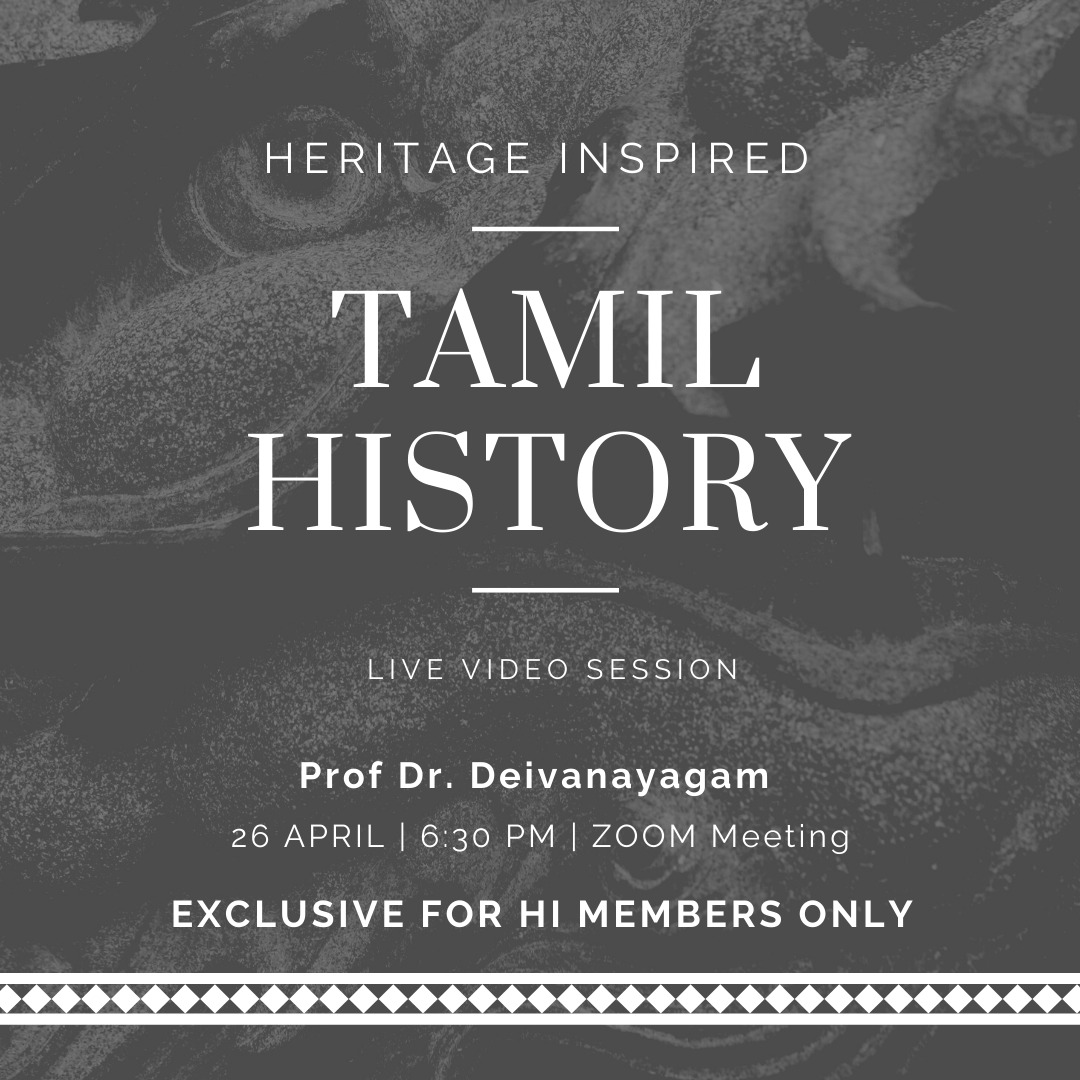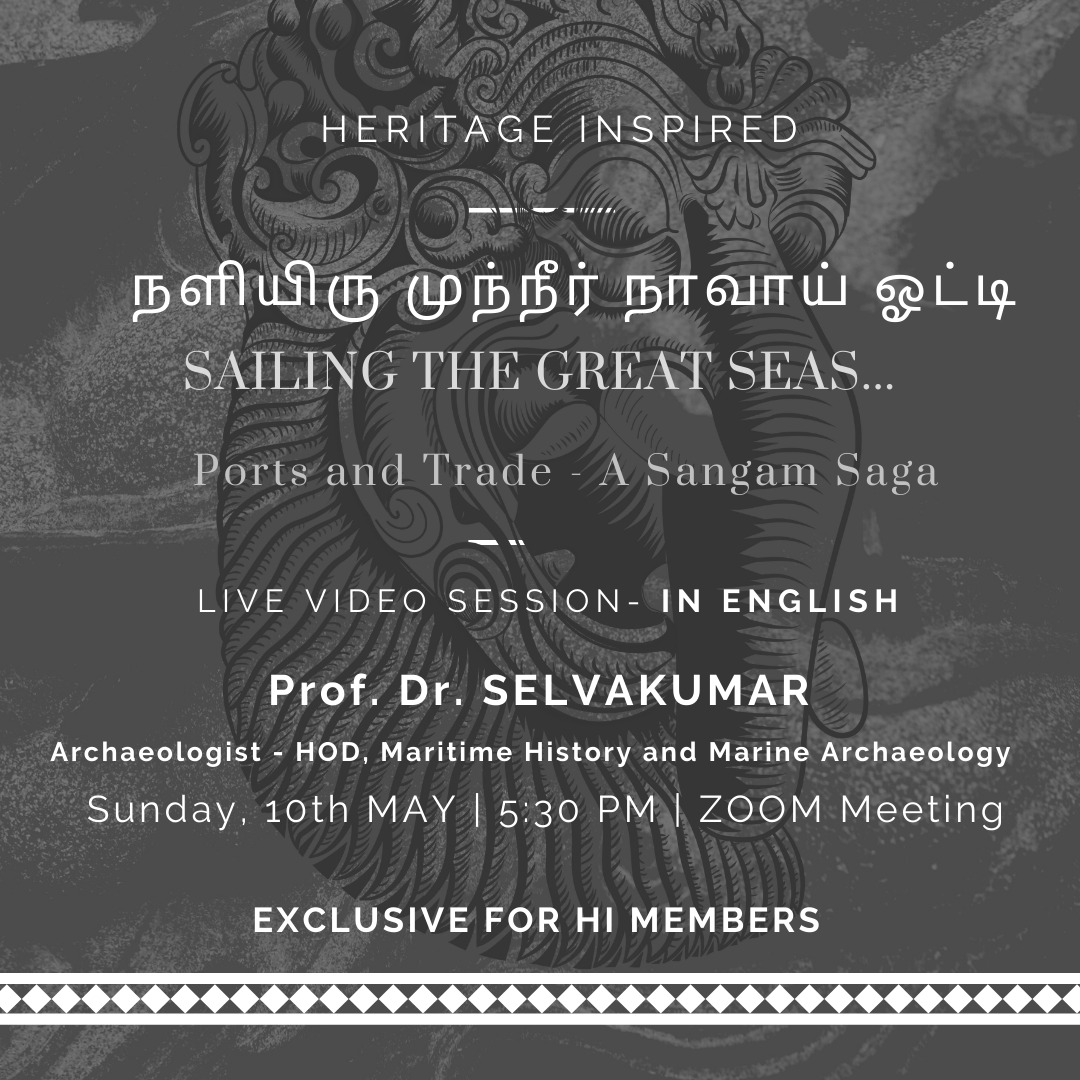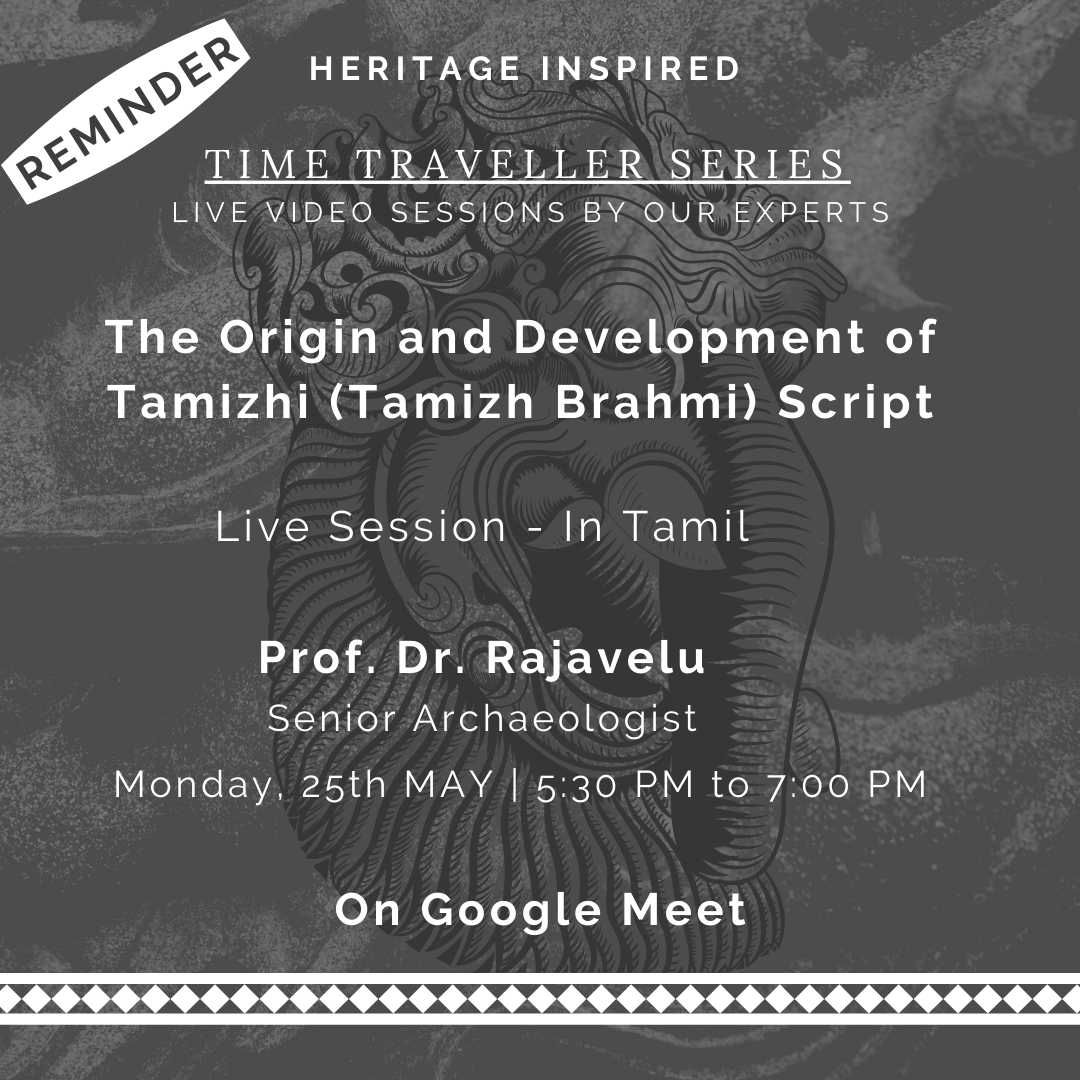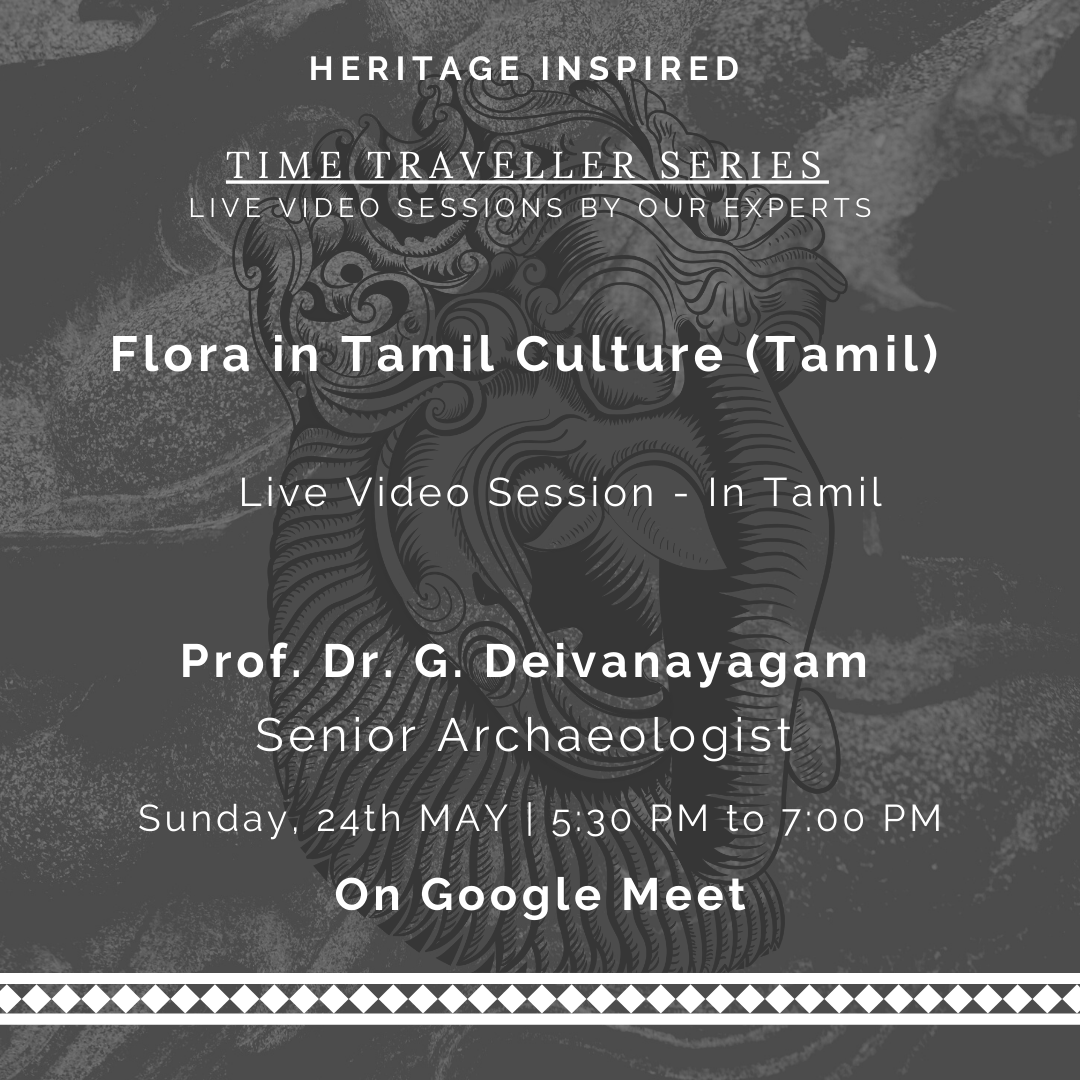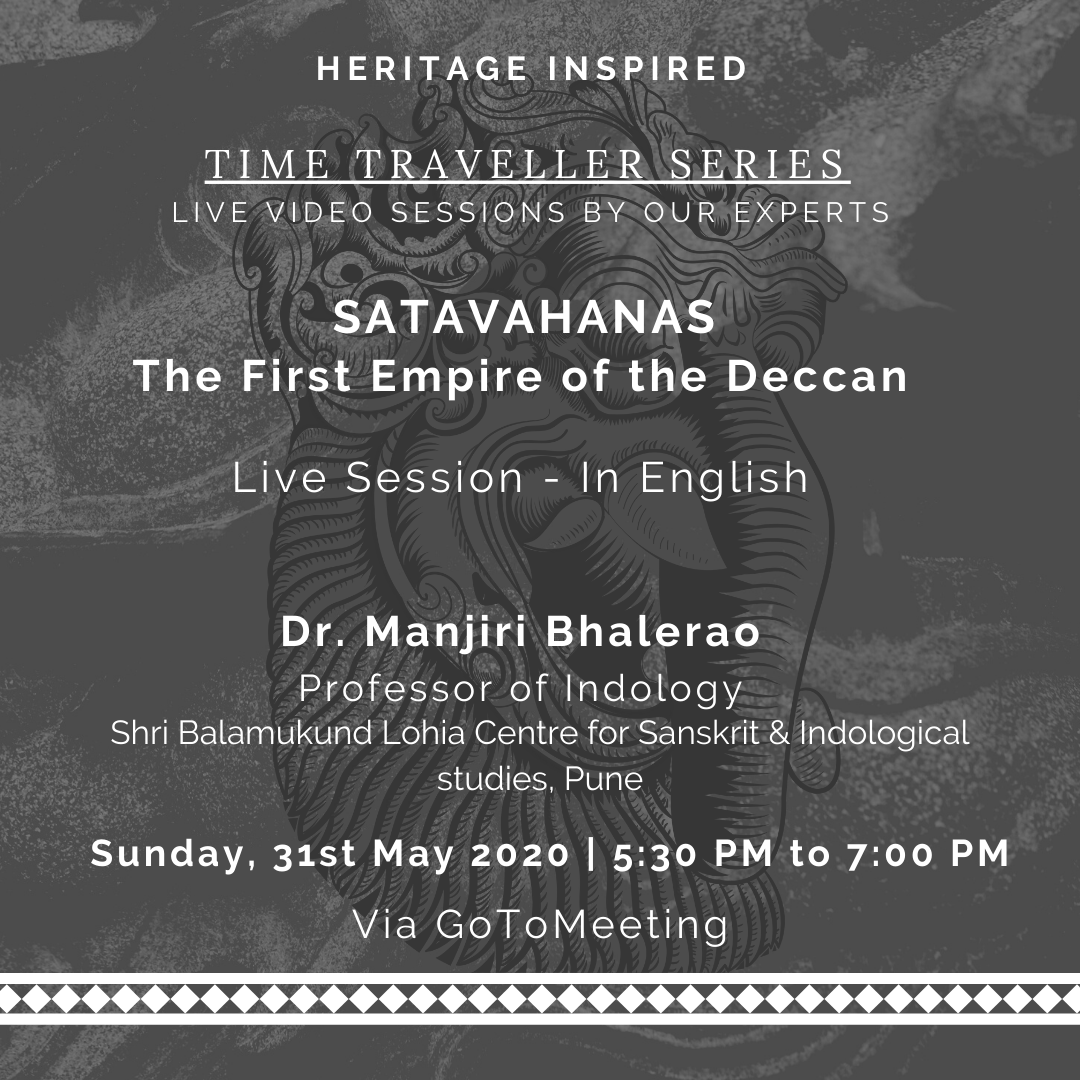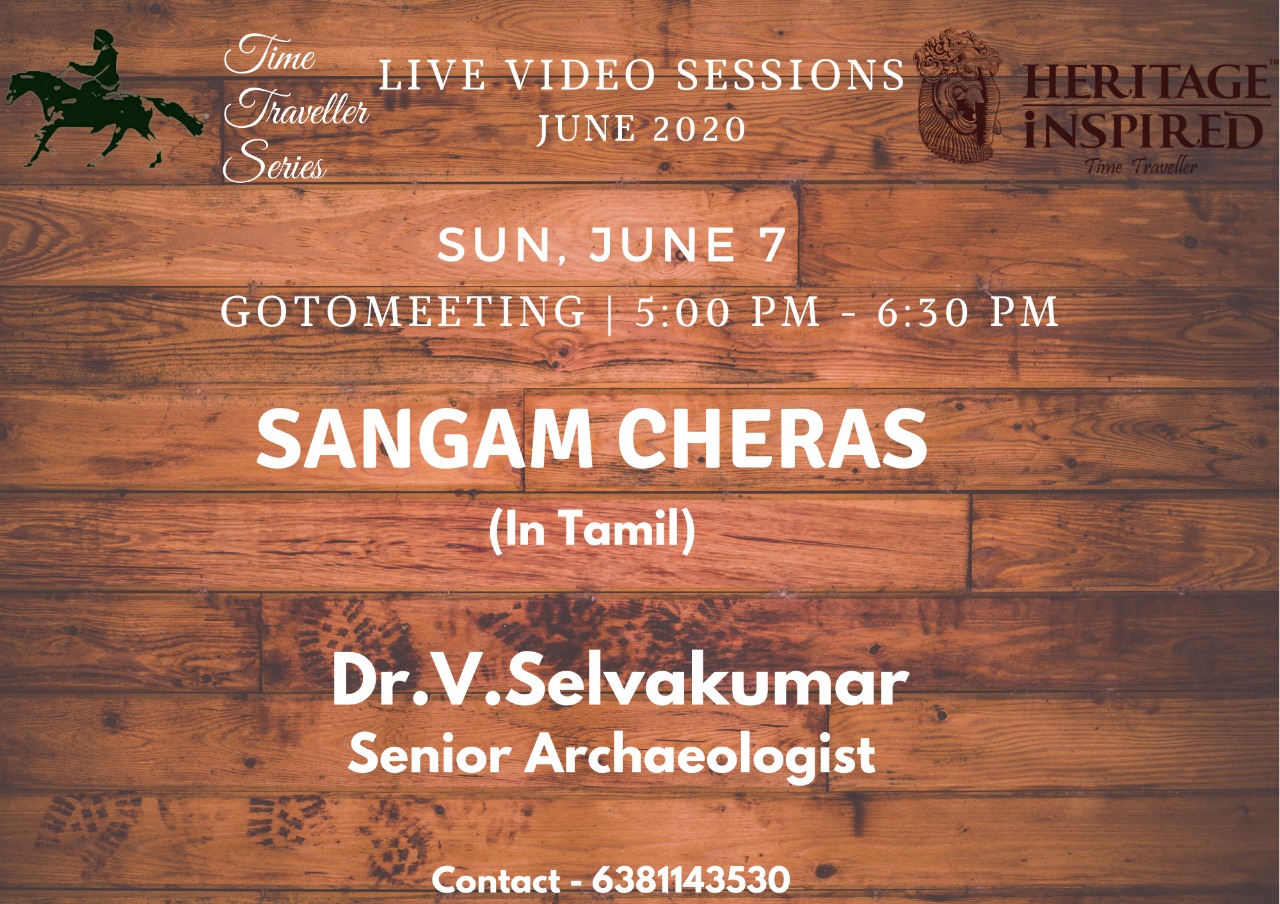Webinars
Past Series
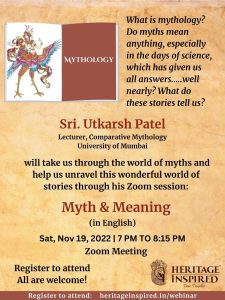
Myth & Meaning
Sri. Utkarsh Patel
Lecturer, Comparative Mythology,
University of Mumbai
Nov 19, 2022 | 7 PM to 8:15 PM | Via Zoom
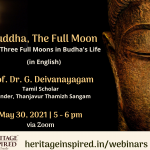
Buddha, The Full Moon
The Three Full Moons in Buddha’s Life..
Prof Dr G. Deivanayagam,
Founder, Thanjavur Thamizh Sangam

வள்ளுவன் தன்னை உலகினுக்கே தந்து..(in Tamil)
Prof Dr E Sundaramoorthy,
Former Vice Chancellor, Thanjavur Thamizh University and Tirukkural Scholar
May 16, 2021 | 5 PM to 6 PM | Via Zoom
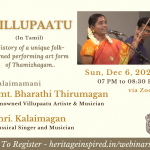
Villupaatu (in Tamil)
History of a unique folk-turned performing art of Thamizhagam
Kalaimamani Smt. Bharathi Thirumagan, Renowned Villupaatu Artiste & Musician
Ponniyin Selvan – A Look Back (in Tamil)
A look back at Kalki’s masterpiece
Shri. K.R.Ramanujam, Fabulist
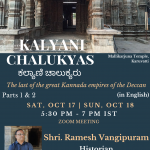
Kalyani Chalukyas Part 1 & 2 (in English)
The last of the great Kannada Empires of the Deccan
Shri. Ramesh Vangipuram, Historian
The Siege of Golkonda (in English)
Qutb Shahis – Part 3
Navin Sigamany, Storyteller and Heritage Experience Curator
Ariyalur – The Fossil Field (in Tamil)
Secret Life of the Sea in Ariyalur
Mr. S.M. Chandrashekar, Senior Geologist
The Rise of Imperial Cholas (in Tamil)
Prof. Dr. G. Deivanayagam, International Conservation Architect
மிகினும் குறையினும் நோய் செய்யும்…
Siddha Philosophy (in Tamil)
Dr. G. Sivaraman, Siddha Practitioner & Researcher
Qutb Shahi Royals – Part 2
The City of Diamonds
Mr. Navin Sigamany, Storyteller & Heritage Experience Curator
Music and Dance Traditions in Temples (Tamil)
The divine sounds that pleased the Gods
Prof. Dr. S. Karpagam, Dept of Music, Tamil University
Rock-Cut Caves of India (English)
The earliest of temple architecture in India – Songs that stones sing…
Dr. Manjiri Bhalerao, Associate Professor of Indology, Tilak Maharashtra Vidyapeeth, Pune
The Rise of Cholas
A Prelude to Vijayalaya Choleeshwaram
Prof. Dr. G. Deivanayagam, Senior Archaeologist
Kingdom of Diamonds (3 Parts)
Part 1 – The Qutb Shahi Royals


